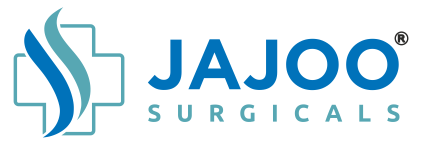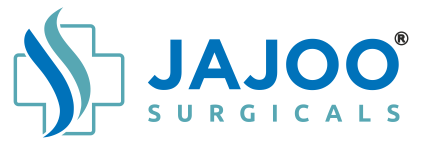Absorbent cotton wool manufacturers play an essential role in transforming raw cotton into a vigorous product used in medical, cosmetic, and industrial applications. The journey from cotton fields to manufacturing facilities is a careful process that ensures the highest quality and sustainability.
- Sourcing Raw Cotton: The journey begins in the cotton fields, where absorbent cotton wool manufacturers source their primary material. Selecting the right cotton is crucial. Manufacturers prioritize cotton that is organically grown and responsibly farmed to minimize environmental impact. Factors such as fiber length, strength, and absorbency are carefully evaluated to ensure the raw material meets stringent quality standards.
- Cleaning and Purification: Once harvested, the raw cotton undergoes a rigorous cleaning process. Advanced machinery removes impurities like seeds, dirt, and plant matter. This step is essential to ensure that the cotton wool produced is pure and free from contaminants.
- Carding Process: The cleaned cotton is then fed into carding machines, where it is disentangled, cleaned further, and formed into a soft, fluffy web. Carding is a critical step that prepares the cotton fibers for the next stages of production, ensuring uniformity and enhancing the absorbency of the final product.
- Rolling and Shaping: Skilled technicians fine-tune machinery to roll the carded cotton into specific thicknesses and densities. This meticulous process ensures that the absorbent cotton wool meets the precise requirements for various applications, whether it’s for medical use or industrial purposes.
- Quality Control: An essential step in the manufacturing process is rigorous quality control. Absorbent cotton wool manufacturers conduct thorough testing at various stages to ensure that the final product meets all safety and performance standards. This includes checking for uniformity, absorbency, and the absence of impurities.
- Distribution and Logistics: Efficient distribution and logistics play a crucial role in the journey of absorbent cotton wool from facility to end-users. Manufacturers optimize transportation routes and methods to reduce carbon emissions and ensure timely delivery, maintaining the product’s integrity and quality.
- Regulatory Compliance: Ensuring compliance with local and international regulations is vital for absorbent cotton wool manufacturers. Adhering to stringent standards for quality, safety, and environmental impact ensures that the products meet legal requirements and are safe for use.
- Marketing and Education: Educating consumers and stakeholders about the benefits and sustainability of absorbent cotton wool products is important. Transparent marketing and educational initiatives can build trust and increase demand for environmentally friendly products.
The journey of raw cotton from field to facility involves a series of carefully managed steps. Absorbent cotton wool manufacturers combine traditional knowledge with advanced technology to produce a product that is both high in quality and environmentally sustainable.








